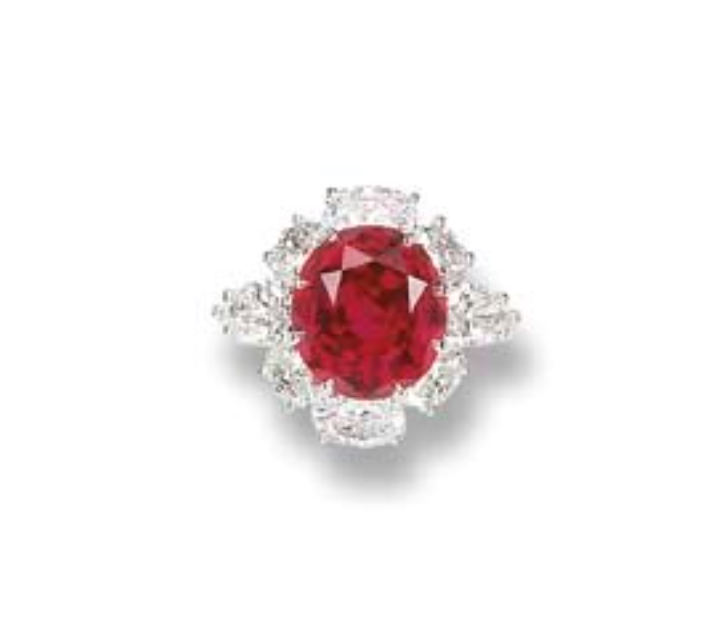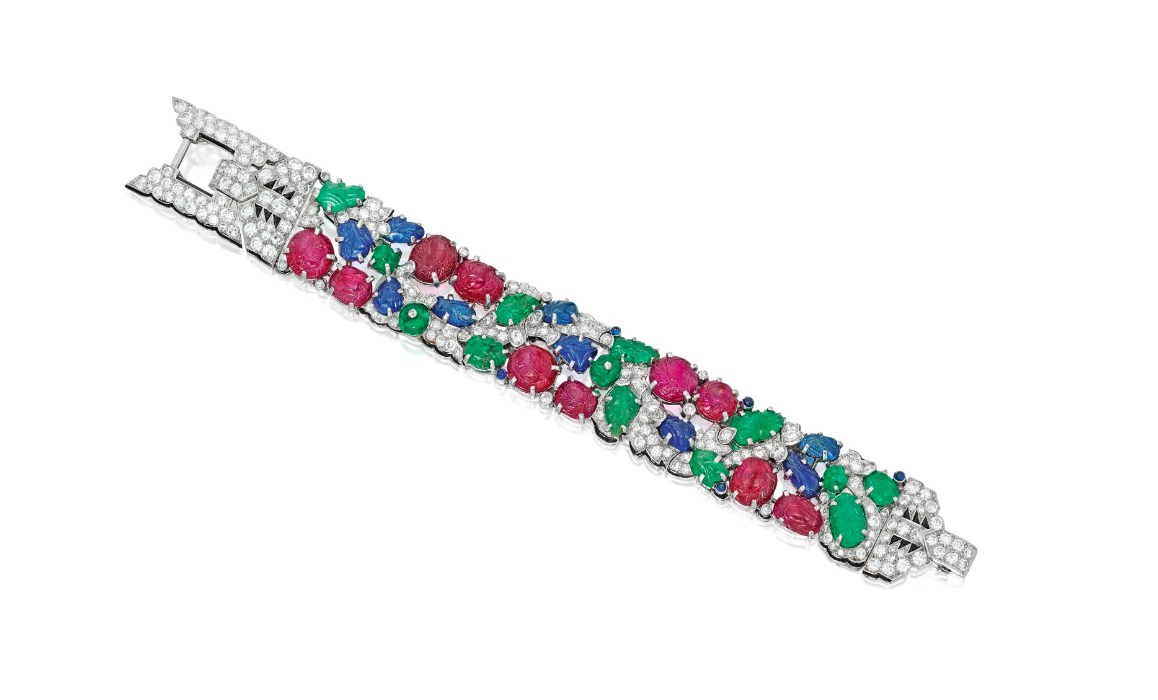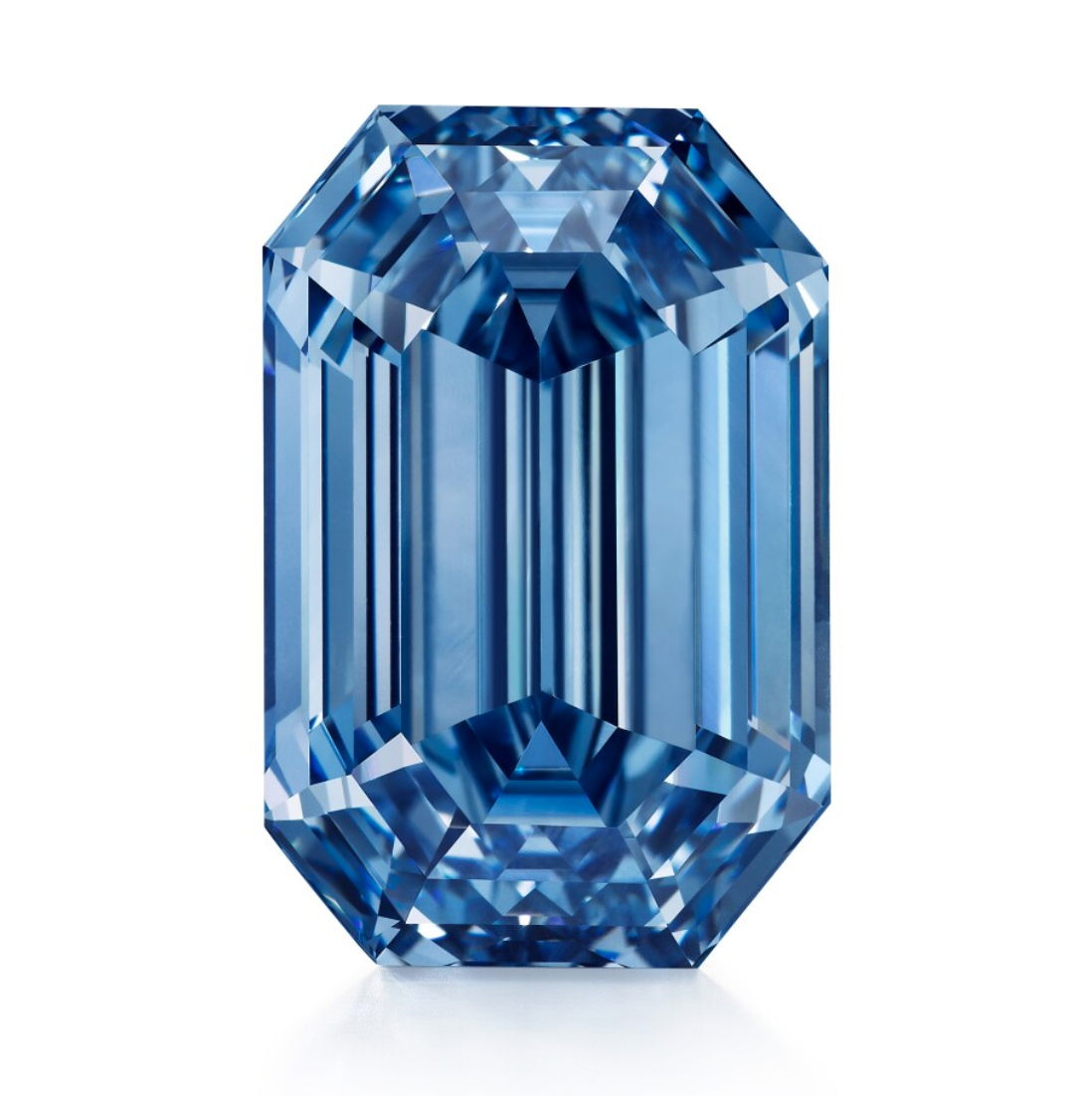Bling Business: Is Jewelry A Good Investment?
Diamonds, emeralds, and sapphires can sell for millions, but does that mean fine jewelry is a good investment?

Jewelry has symbolized wealth and social status since ancient times. Kings and queens had vast collections of diamond tiaras, bejeweled amulets, and gold bracelets. History books show us the dazzling jewelry suits worn by Indian maharajahs to display their wealth and the burial grounds of Egyptian pharaohs filled with a vast array of jewelry to wear in the afterlife.
Some might consider diamonds their best friend and for good reason. Good quality jewelry by high-end designers tends to keep its value, if not go up in price.
So if the ancient and modern royals enjoy displaying their wealth and power through precious stones, does it hold up as a good investment for ordinary folks? Polish your most precious necklaces and rings as we tackle the brilliance of jewelry investing.
What is jewelry investing?
Investing in jewelry is similar to investing in collectibles like blue-chip art rather than a commodity like platinum. Fine jewelry pieces don’t follow the stock market, so investors look at alternative assets like jewelry, fine Bordeaux wines, and famous modern artworks to protect their wealth. While some pieces may not rise in price drastically, well-made pieces from top designers are considered by many experts to be an excellent store of value.
However, jewelry is illiquid. If you want to sell your investment, it’s not always easy as you must go through the often slow process of finding a buyer. It also requires expertise to identify fine jewelry worth investing in, whether that’s rare vintage rings, colored and fancy diamonds, or natural saltwater pearls.
Jewelry is usually sourced from retailers, so it’s vital that you only buy from a reputable jeweler. You may also want a third-party appraisal to ensure your jewelry pieces are of investment quality. Connecting with people in the industry can help you find what you’re after, especially if it’s a gold necklace from a particular designer or period.
Storage and insurance are also important to consider with a jewelry investment. While jewelry can be kept in a jewelry box or even worn, it’s best to secure it in a safe or a bank safety deposit box to ensure your investment isn’t lost or stolen.
While most insurance policies will cover theft and damage, finding a policy that will protect your jewelry portfolio as an investment might be more complicated. Insurance can be expensive, so do the math to decide if you think your future returns are worth the expense.
What to look for when investing in jewelry
If you want to buy quality jewelry pieces, don’t go running to your nearest Tiffany & Co. just yet. Like all alternative investing, fine jewelry requires knowledge and research. You can learn about the jewelry market by reading books, visiting museums, consulting industry experts, or attending auction house previews. Many collectors will focus on collecting from specific jewelry designers or periods like the art deco era.
When buying a new piece of jewelry, consider how old it is, the quality, the condition it’s in, and if the manufacturer signs it. Gemstones should include recent certifications of authenticity from independent labs to ensure they are genuine. Here are some other things to consider when adding to your jewelry collection.
Rarity
If a piece is rare, it’s more likely to increase in value as time goes on. This is also true when it comes to vintage jewelry like rare vintage rings. Jewelry houses have changed owners over the years, and designs and craftsmanship may vary depending on which years you’re referring to. Take Tiffany and Co. as an example. In 1978, it was sold to cosmetics company Avon, and many customers complained about the quality of the pieces.
Another factor that goes into rarity is the history of a piece. Was it owned or worn by a celebrity? That might factor into the resell price. For instance, Elizabeth Taylor’s entire jewelry collection sold for $115 million at Christie’s in 2011.

Source: Christies.com
Type of stone
While diamonds are often considered a good investment, they aren’t the only precious stones worth investing in. Emeralds, rubies, and sapphires often fetch high prices. Natural saltwater pearls can also go for a few thousand dollars, depending on the type of jewelry.
Untreated stones are some of the most sought-after pieces, although even pieces from top manufacturers are likely to have lightly treated stones. That’s because it’s scarce to find a perfect gemstone, and heat or oil is often used to improve its appearance.
The other factor that goes into the worth of precious stones is where they’re from. A Kashmir sapphire, for example, is worth far more than a sapphire from another region due to its velvety color. Burmese rubies can also go for millions—such a ring went for $2.2 million in 2005.

Source: christies.com
Design
While year and stone matter when it comes to a jewelry investment, who designed the piece can sometimes be just as important, if not more. At auction houses, you’ll see designs from Bulgari, Cartier, and Van Cleef & Arpels—all known for their distinct designs and impeccable craftsmanship.
Jewelry by these three designers are more sought out depending on their period. For example, Bulgari’s La Dolce Vita pieces from the 1960s are in high demand among collectors. Cartier’s art deco pieces from the 1920s and 1930s are probably the most distinguished from that period, especially a Cartier bracelet. In particular is the Tutti Frutti, inspired by Jacques Cartier’s travels to India in the early 1900s. A Tutti Frutti bracelet sold for $1.3 million in 2020, while a similar one sold for $842,500 in 2011.

Source: Sothebys.com
Is jewelry a good investment?
Some might consider diamonds their best friend, and for good reason. High quality jewelry by high-end designers tends to keep their value, if not go up in price.
Take the Oppenheimer Blue diamond, for example. This famous blue diamond became the most expensive jewel to sell at auction, for $50.6 million at Christie’s in 2016, before being surpassed by the Pink Star diamond, which sold for $71 million at Sotheby’s in 2017. Meanwhile, a blue diamond sold for over $57 million at a Sotheby’s auction in April, while a smaller dark grey-blue diamond sold for $6.8 million in 2018.

Source: Sothebys.com
Other gemstones, such as Kashmir sapphires, are equally coveted by collectors. An exceptionally sized 35.09 karat ring sold for $7.3 million at Christie’s in 2020—the most ever paid for a Kashmir sapphire. Other types of jewelry, such as a Cartier bracelet or diamond ring, can go for thousands or millions of dollars on auction sites.
Of course, the market is particular to certain types of collectors, and trends in fashion and investing do change. So while a Frutti Tutti bracelet might go for millions today, it could lose its appeal in the future. Like any investment, there’s risk in jewelry investing. But unlike stocks, a good piece of jewelry can be worn as a family heirloom for years, even if its value declines.
How to invest in jewelry
If you want to start or expand your jewelry investment, you can purchase fine jewelry in several ways.
First, you can check out reputable jewelry stores like David Webb, Bulgari, and Cartier. You can also buy fine jewelry secondhand, but make sure it’s authenticated by a trusted third party. Auction houses like Christie’s, Sotheby’s, and Fortuna are also great places to find solid gold vintage jewelry.
Suppose you can’t afford jewelry pieces or take on the risk of owning fine jewelry but want to invest in the industry. In that case, you can also consider buying stocks of publicly traded jewelry companies like Tiffany and Co., Signet Jewelers, Pandora, and Birks Group. You’ll be more exposed to market movements and price volatility, but you can sell your stocks anytime.
Through a brokerage account like Public, you can buy stocks or shares in exchange-traded funds that include stocks in luxury goods (as well as collectibles like sports cards and comic books) to diversify your portfolio.
